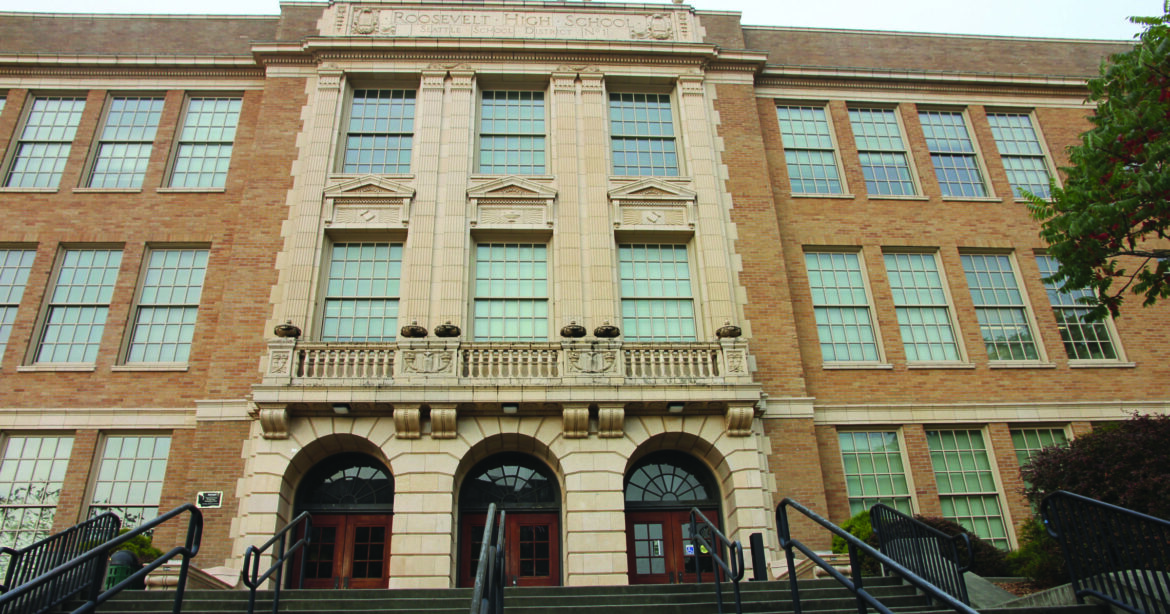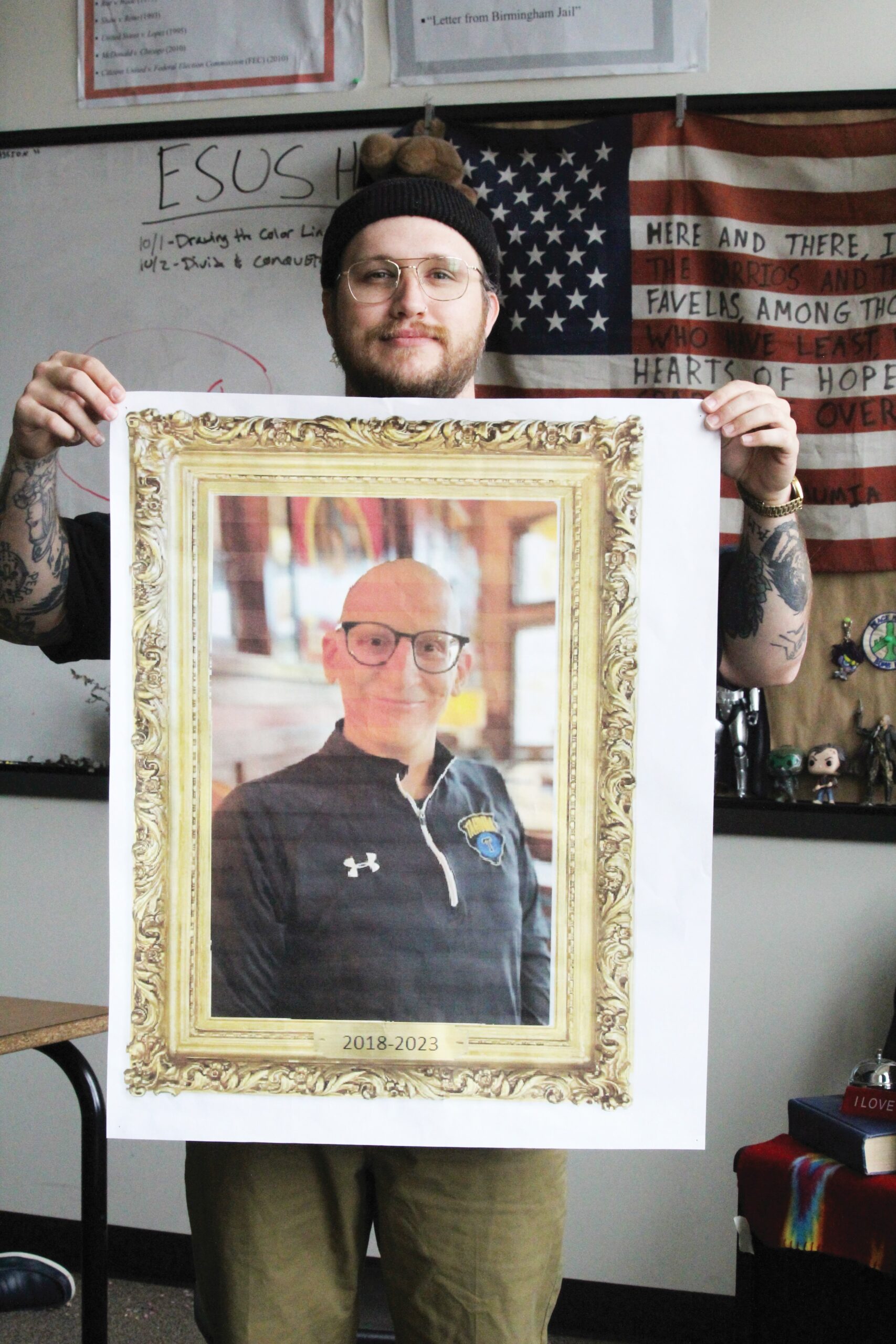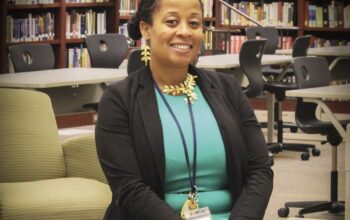Students benefit emotionally, academically from more teachers of color.
Roosevelt High School’s teacher population is significantly less diverse than its already majority white student body.
According to the 2020-21 Washington State Report Card, about 30% of Roosevelt students identify as people of color. In comparison, 15% of Roosevelt teachers are racial minorities. This figure has stayed static at Roosevelt since 2017.
The disproportionate number of students vs. teachers who identify as people of color is not just a trend at Roosevelt. Nationwide, public schools face similar trends. According to a study conducted by The Washington Post of school district data from 46 states and the District of Columbia, nearly all United States public school districts have a disproportionately low ratio of teachers of color.
“There are active efforts at [Seattle] district-level to recruit staff of color, but even better from my previous experience,” said Tami Brewer, Roosevelt High School principal. “I had to actually create internal connections or networks in a school to build a group of folks that would see themselves part of a community and be willing to consider a career in education.”
The process of hiring teachers is complex, with influences from policies such as the seniority rule — where new staff members are more likely to be let go because teachers with more years of experience have the first rights to retain their job.
Frequent district budget cuts further complicate the process.
Brewer said, “Every year we get so many students enrolled in the school, and then we get so many staff members. Enrollment is the first thing that determines how many staff are given. The second part is student interest. So if students don’t sign up for electives in certain places, we may have changes in elective offerings.”
However, there is an exception to keep staff of color from being let go. “There’s a form that can be applied for a waiver to retain staff of color once hired in the building. And so that process, just the building principal needs to exercise it,” said Brewer. “For example if the principal wants a waiver to retain staff of color, they can file for that and then it goes to the next least senior person in the queue by years of service.”
When teachers in the classroom are disproportionately white, students of color may have a hard time connecting with their teachers. Having racially diverse teachers may help students feel a greater sense of belonging in the classroom. Researchers have found that the presence of at least one Black teacher from kindergarten-5th grade is related to improved reading and mathematics test scores for Black students..
“It’s been hard connecting with teachers on a more personal level, because I can’t really relate to them. I can’t even think of any teachers I’ve had that aren’t white. … When I say the word ‘teacher,’ I don’t think of someone that looks like me,” an anonymous Roosevelt student said..
Similarity creates a sense of safety. Having a teacher that students can recognize their own culture and background in creates an environment of deeper communication. A study by the University of Maryland found that elementary students are better at completing tasks, staying engaged and attending school more frequently when assigned a teacher of color. This data holds true for both students of color and white students.
Roosevelt language arts teacher Amy Noji, who identifies as mixed Asian, adds, “I do have a lot of students of color coming to talk to me more than white students — and it’s not just about school. It’s about life.”
According to Noji, it’s important for students of color to see their racial identities reflected in their teachers. “I think we need more people who are standing up in front of class teaching, choosing curriculum. … We need more people of color. … I think young people need to hear from people who’ve been through it. Some validation that what they’re feeling and experiencing is reflected in the curriculum, or it’s just acknowledged,” she said.
According to Noji, it’s important to acknowledge biases and actively work against them in the classroom: “I’m always thinking from multiple perspectives. That means that when I teach, I cannot help but do the same thing.” She continued, “I try very hard not to assume that my way is the way to look at something. … Especially when you teach history and language arts, you’re teaching things that are very subjective and about what it means to be human.”
Follow The Roosevelt News on Instagram @therhsnews. Questions, comments, or concerns? Contact the Editorial Board at therooseveltnews@gmail.com.
Your voice matters. Share your thoughts and experiences in the comment box below.



